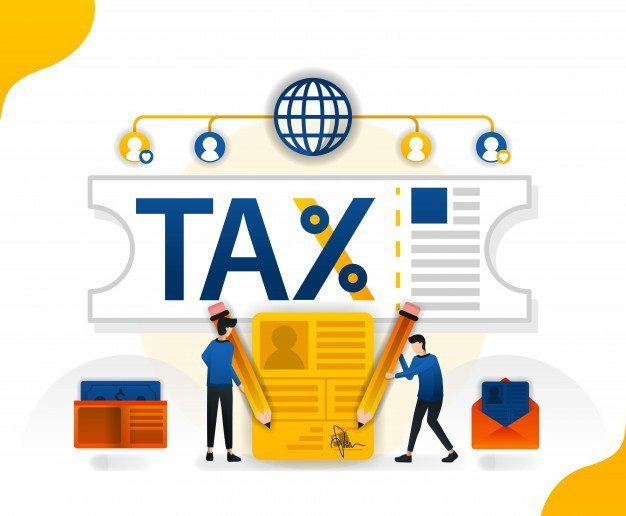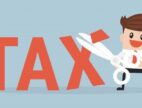Why Getting Your Head Round Finance Is Vital as an SME
by Mashum Mollah Finance Published on: 30 July 2019 Last Updated on: 16 May 2025

Ultimately a business needs to turn a profit, and while this is basically achieved through having an in-demand product or service, sound financial management is a huge factor in the success or otherwise of your company.
To ensure that payments keep being deposited in the company bank account and the money is used appropriately, you need to be familiar with business finances.
Why Getting Your Head Round Finance Is Vital as an SME:
Leave it to the accountant?
Yes, you can ‘leave all that to the accountant’ but while engaging a professional like this is important it’s also important to understand finances yourself so you can be self-sufficient and keep a close check on how things are financial. Knowing enough about your finances will mean that you know how to spot an issue and what to ask and when.
What financial aspects need to be known?
There are certain key financial matters you should be familiar with and an understanding of certain roles and functions:
Accountancy and bookkeeping aren’t exactly the same thing.
Bookkeeping – a bookkeeper records the financial information in the correct manner on the relevant documents (or electronically if using accounting software).
You may do the bookkeeping yourself, have a staff member handle it or outsource it to a contractor.
Accountancy – the manner in which the information recorded in bookkeeping is processed and analyzed to provide insights as to the financial wellbeing of a business and to ascertain tax liabilities.
You need a qualified accountant for this.
Key financial documents you need to know about:
You need to be familiar with the following documents as understanding them will tell you much about your business’s financial health.
Balance sheet (may also be known as ‘statement of financial position’) – it shows the company’s financial position at a specified date. This includes all assets and liabilities at a given time so showing what a company owns, including any cash ‘in the coffers’ at this point, and what it owes.
Potential investors would want to see this information but it’s valuable to you and your accountant.
Profit and loss – this illustrates what profits are being made and how much it’s costing you to generate them (for example the overheads in providing your product or service in terms of labor and materials)
Cashflow record (sometimes called ‘cashflow forecast’) – this is vital information as it shows you how much cash is flowing into and out of your business – your cash flow position is highly important information to know.
Mismanagement of cash flow can have a serious negative effect on your business even if sales are buoyant; many businesses have foundered purely due to poor cashflow, so understanding how things are is vital.
Good cashflow management means you can plan ahead and ‘manage’ your business’s money and take steps in good time.
Tax liability:
At the end of the tax year, you’d need to file accounts to the IRS (Internal Revenue Service) as mentioned earlier.
While your accountant would prepare this documentation and calculate your tax liability, it’s important to be aware of what categories of tax your business is liable for; it likely won’t be all of them.
Being organized:
Business transactions and finance generates a lot of documentation whether held on computer or paper. Poor filing or recording can make creating financial records and adding information to key financial documents such as those discussed above more difficult and time-consuming than it should be.
So keep receipts, invoices and other documents efficiently filed and, if you’re intending to handle your own bookkeeping, ensure you keep on top of it – little and often is ideal to get into a routine of ‘doing the books’ regularly without leaving it too long.
Make a point of spending regular time reviewing finances by consulting your balance sheet, profit, and loss statement and cash flow record to keep on top of how your business is faring financially.
Read Also:




































































































